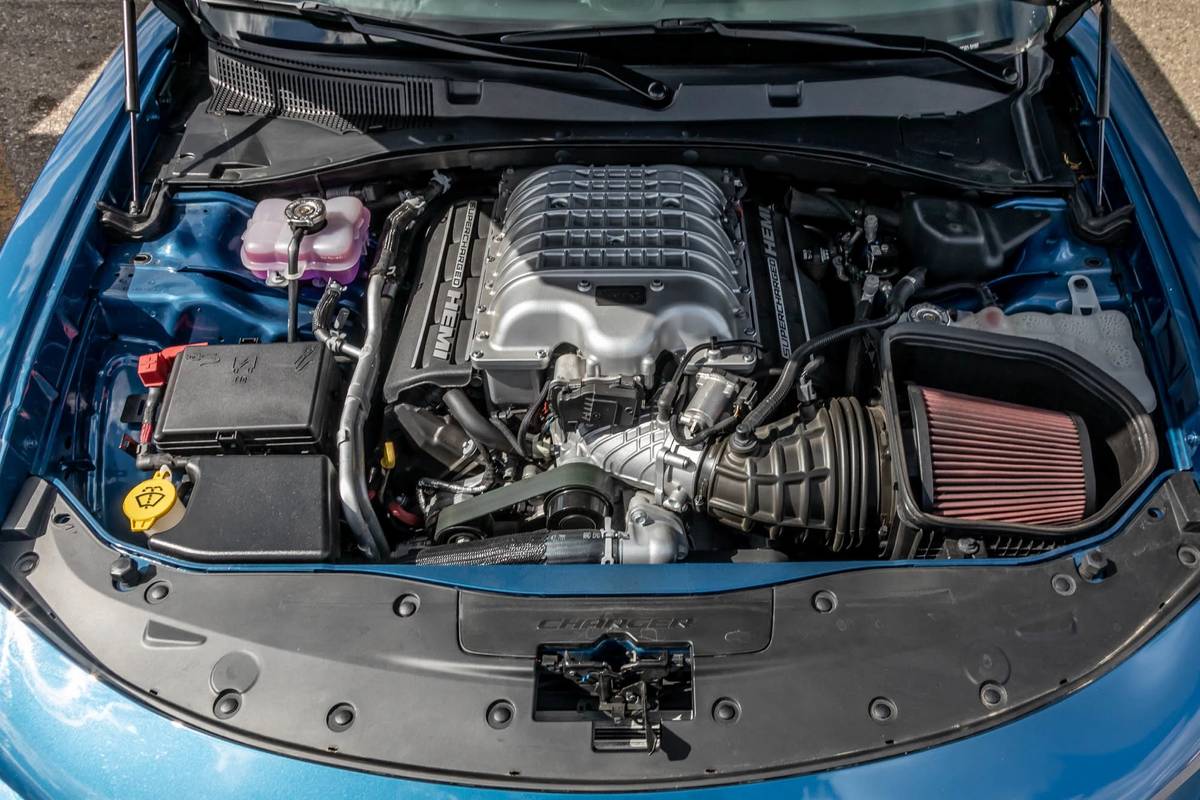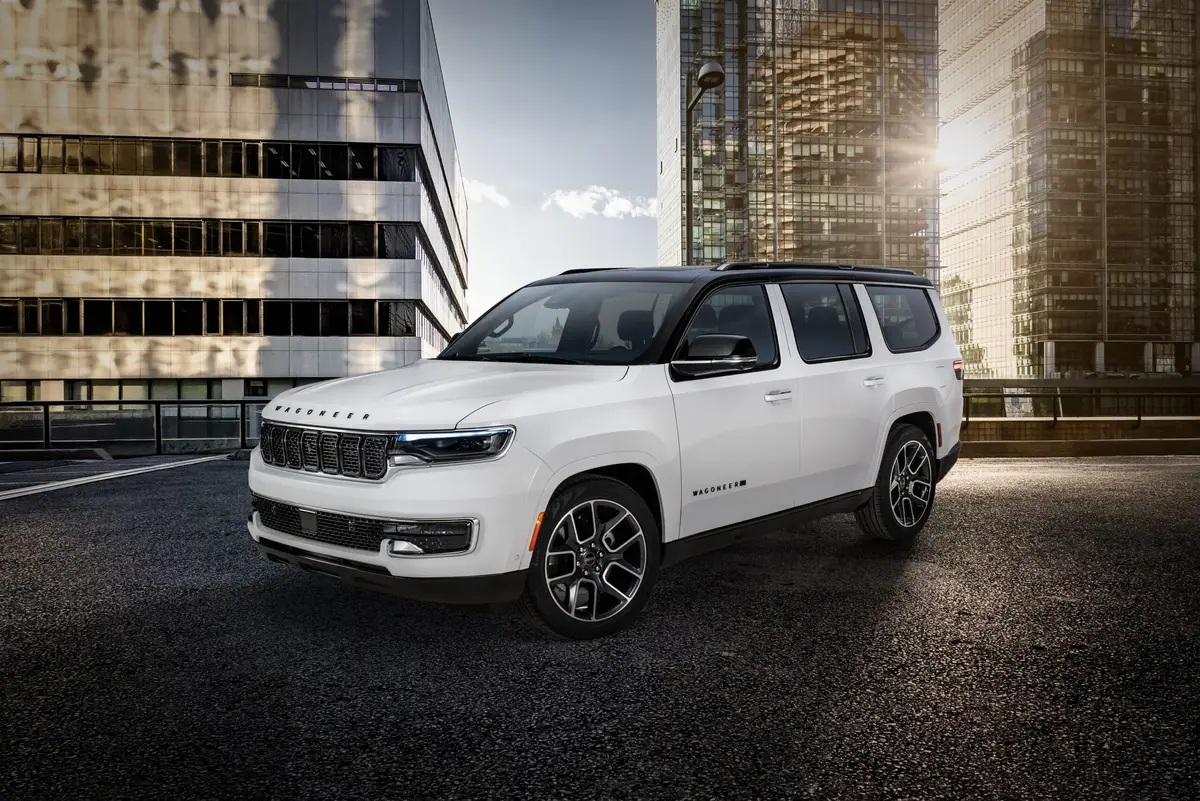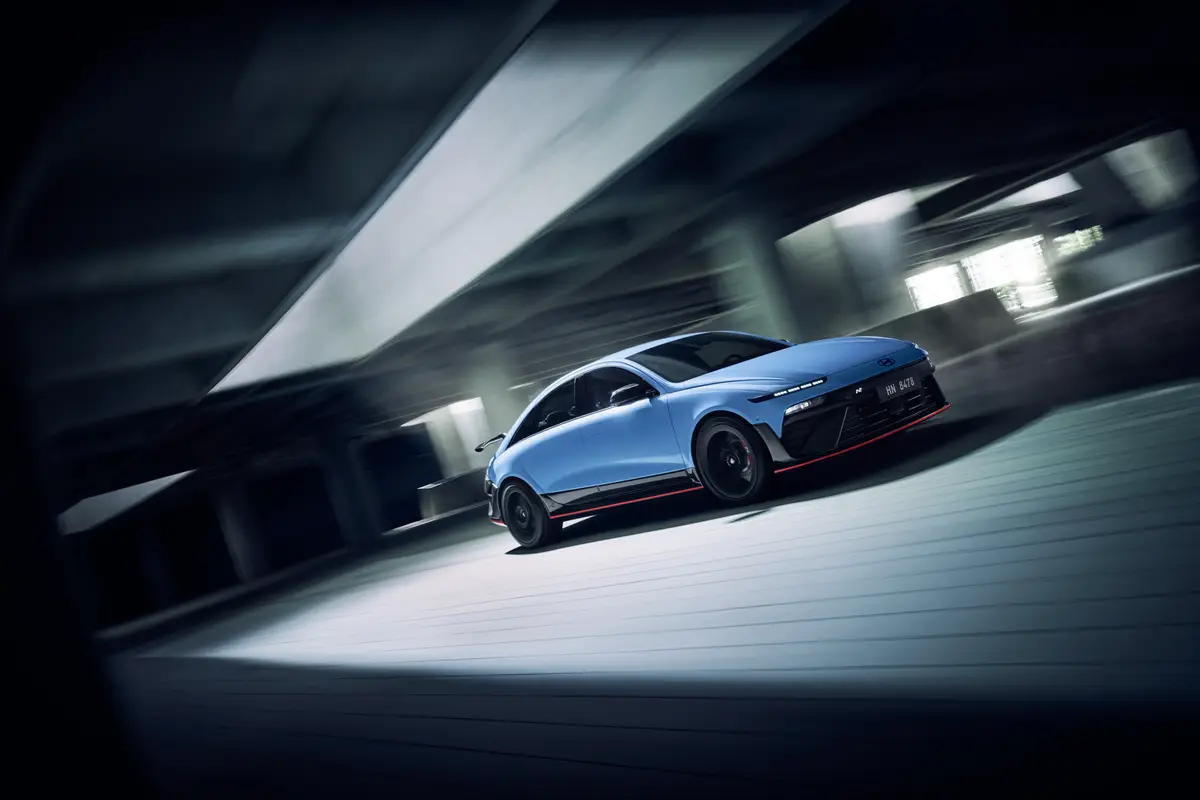washingtonpost.com's view
I arrived in New York in 1969, one year after the big campus rebellion at Columbia University, several years after the heyday of “flower power” and well after “free sex” acquired a price.
Still, I showed up with the naiveté of a child reared in a sheltered Catholic environment in New Orleans, looking for a good time, ready for the wild thing. But all of that was gone in a New York struggling with financial problems, torn by racial tensions, and laboring under the growing burden of caring for the medical and social casualties of the sexual revolution.
Every time I tried to find the party, someone or something told me the party was over. I was disillusioned, bedeviled by disappointment and feelings of sadness, yet somehow relieved.
I was swept by similar feelings while driving the 2001 GMC Yukon Denali, one of the best and biggest of sport-utility vehicles available in America. The Denali comes with everything, except common sense.
It pains me to say this, because I like the Denali — love it, in fact. It is now engineered to ride and handle like a luxury sedan. It’s big — it now comes with a third row of seats. It surely is powerful. The new model is equipped with a reworked version of General Motors Corp.’s Vortec 600 V-8 engine, which produces 320 horsepower at 5,000 revolutions per minute and 365 pound-feet of torque at 4,000 rpm.
It’s a beast of an engine, more powerful — at least on paper — than the 300 horsepower, 5.4-liter V-8 in the comparable Lincoln Navigator. I like that. But little voices in my head are asking “So what?” and “Why?”
Those questions are coming more frequently, and growing louder in the current economic and social environment. Big-truck sales are falling in tandem with declines in stock-market wealth. Rising fuel prices and interest rates aren’t helping. The rich aren’t feeling so rich anymore. There is an air of caution, which tends to render ridiculous the race for bigger and better sport-utility vehicles.
The party is ending, though many revelers still linger on the dance floor. But the music is muted. The food trays are running low, and many of the A-list guests have moved on to something else, such as sport-utility pickups, smaller sport-utility wagons, that sort of thing. The quest now is not so much for “big” as it is for “different,” and big sport-utes, no matter what the automakers do to improve them, simply aren’t different anymore.
All of this made me feel odd behind the wheel of the new Denali, a beautiful truck that seemed out of place while at the same time being cliche. I loved driving it on the highway, where its humongous V-8 roared to life, moving the Denali’s nearly three-ton body with the ease of a sports car.
But I didn’t like taking the lux-truck into the city, where I became a pariah to other motorists and where parking attend ants grimaced when I pulled into the garage. Nor did I like the feeling of knowing that I was driving an updated, premium anachronism — a rolling symbol of the Great American Potency Syndrome. That’s GAPS, the acronym for having more than you need just in case you need it, even though you never will.
I eventually got over my New York angst by finding other things to love about the city, though it was not, at the time, the city I expected to find. The Denali? It makes little sense, especially when the driver is the only passenger in its eight-passenger cabin. And it makes even less sense at the gas pump, where high fuel prices transmit the pain of the Denali’s paltry 16 miles per gallon. But I love it anyway. What can I say? Some things can’t be explained.
Latest news



